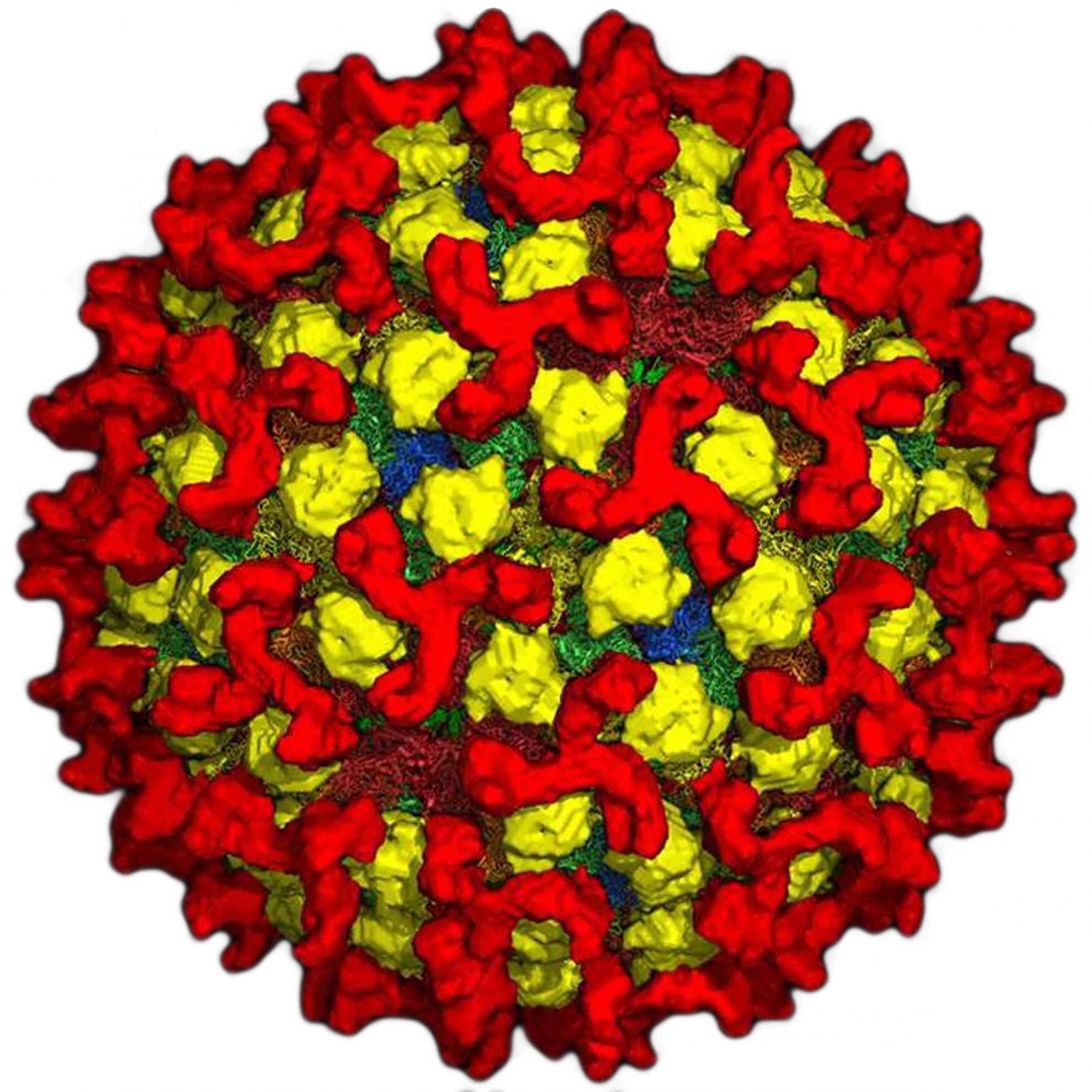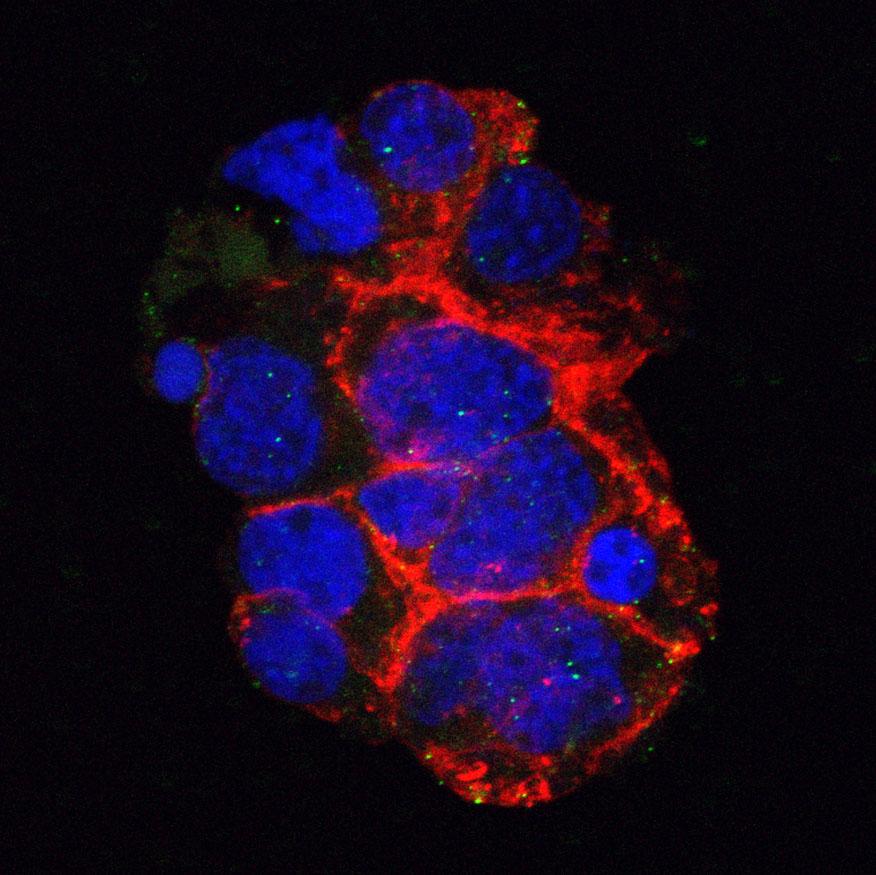Determination of the role of hard (ixodid) ticks in the transmission of lumpy skin disease virus in cattle
Lumpy skin disease virus (LSDV) belongs to the genus Capripoxvirus within the family Poxviridae and subfamily Chordopoxvirinae. The virus infects cattle and occurs in most African countries and in the Middle East. Lumpy skin disease (LSD) is an economically important disease and therefore it is included in the list of Notifiable Diseases by the World Organization of Animal Health (OIE). The mode of transmission of LSDV has not been fully established. In general, poxviruses have been shown to enter the host through the skin or respiratory tract. Direct contact between infected and susceptible animals is considered to be a relatively inefficient route of the transmission of LSDV. The virus is secreted in saliva, ocular and nasal discharge and semen of infected animals and therefore contaminated food or water and artificial insemination may serve as a source of infection. Several researchers have observed that the occurrence of the disease is closely connected to warm and wet weather conditions and the abundance of insects. However, little is known about the importance of the different insect vectors in the transmission of LSDV during the natural outbreaks. So far no studies on the potential role of hard ticks in the transmission of LSDV have been carried out. The aim of this project was to investigate the potential role of laboratory-bred ixodid ticks: Rhipicephalus appendiculatus, Amblyomma hebraeum and Boophilus decoloratus in the transmission of LSDV between cattle. To evaluate the mode of transmission (mechanical, transstadial, transovarial) the presence of live virus or viral antigen was studied in mouthparts, salivary glands, and gut cells of nymphs and adult ticks post feeding on the skin of experimentally infected cattle and in eggs laid by a female ticks previously fed on the skin lesions.

